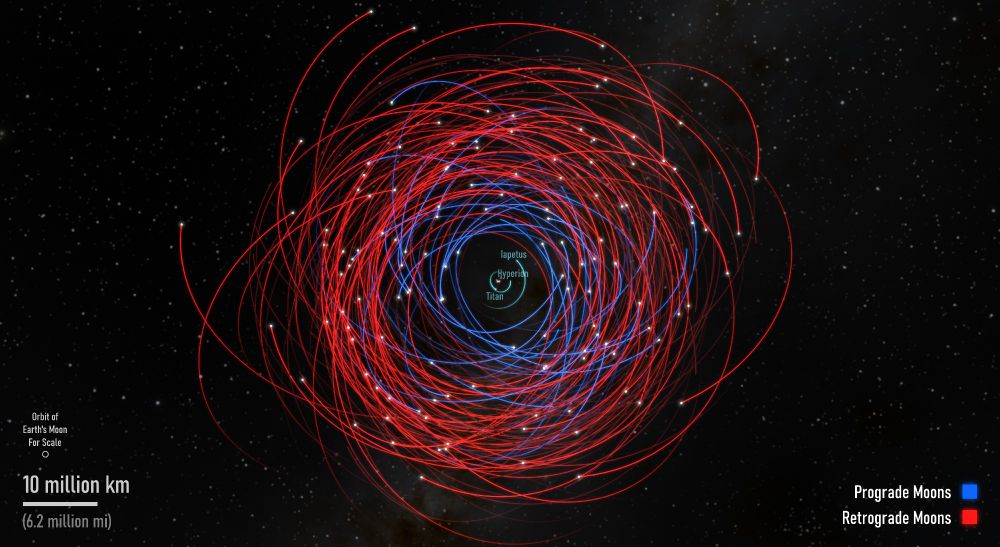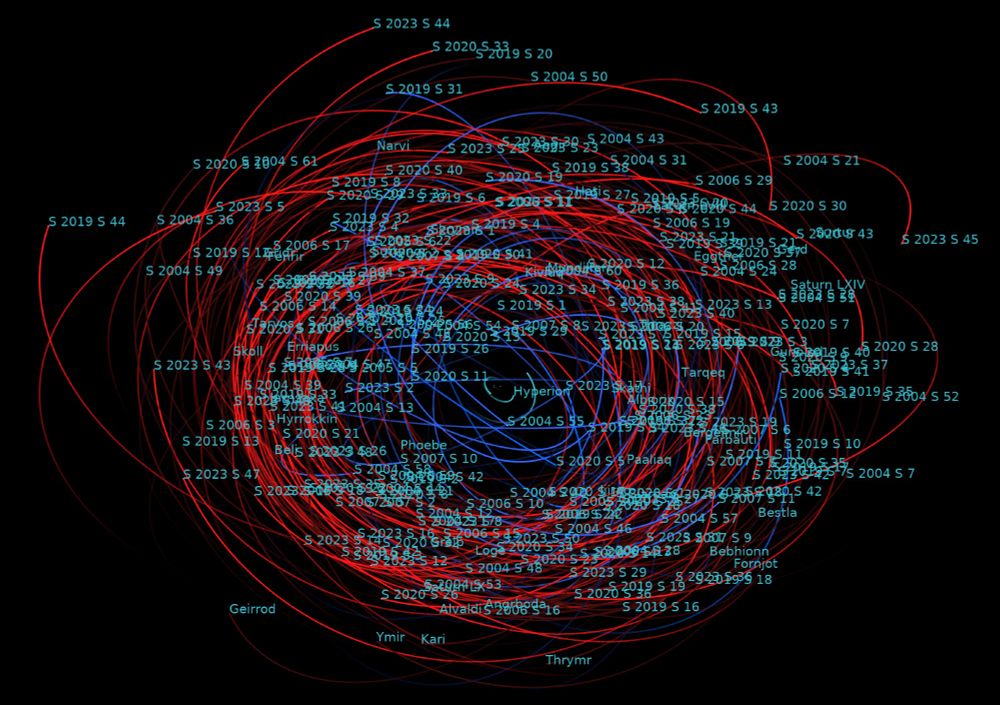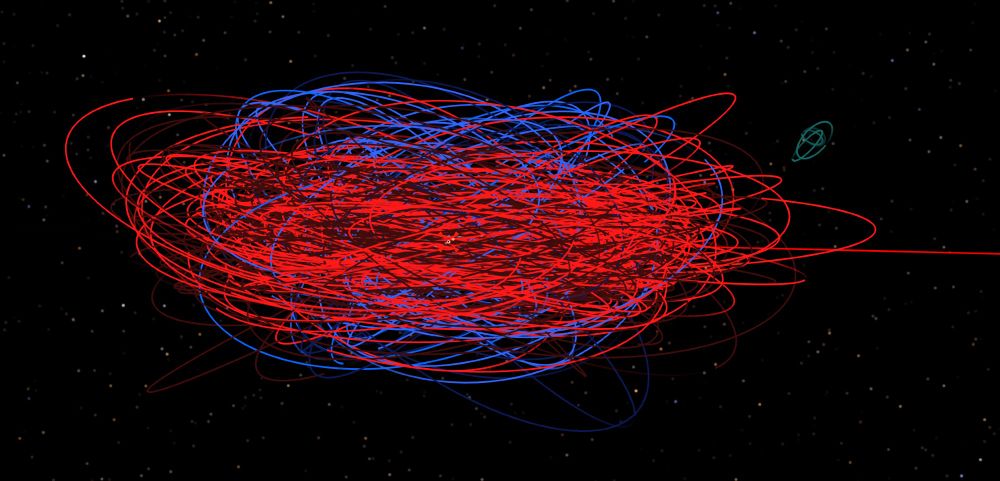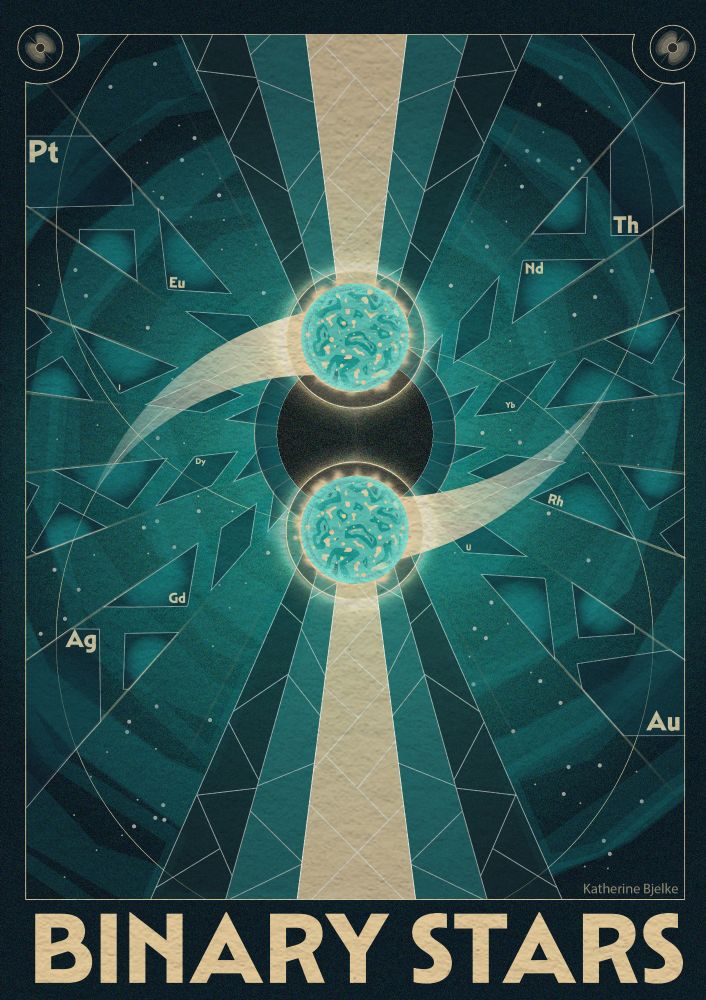Phil Lynch
@physlynch.bsky.social
680 followers
370 following
64 posts
Irish gravitational physicist at the Max Planck Institute for Gravitational Physics (Albert Einstein Institute) in Germany modelling gravitational waves from black hole binaries for the upcoming LISA mission
Posts
Media
Videos
Starter Packs
Pinned
Reposted by Phil Lynch
Reposted by Phil Lynch
Reposted by Phil Lynch
Reposted by Phil Lynch
Reposted by Phil Lynch
Reposted by Phil Lynch
Reposted by Phil Lynch
Reposted by Phil Lynch
Reposted by Phil Lynch
Reposted by Phil Lynch
Reposted by Phil Lynch
Jake Postiglione
@jakepost.tech
· Feb 18

Evolution of LISA Observables for Binary Black Holes Lensed by an SMBH
Binary black holes (BBH) are expected to form and merge in active galactic nuclei (AGN), deep in the potential well of a supermassive black hole (SMBH), from populations that exist in a nuclear star c...
arxiv.org
Reposted by Phil Lynch
LIGO Scientific Collaboration
@ligo.org
· Feb 11
Reposted by Phil Lynch
















